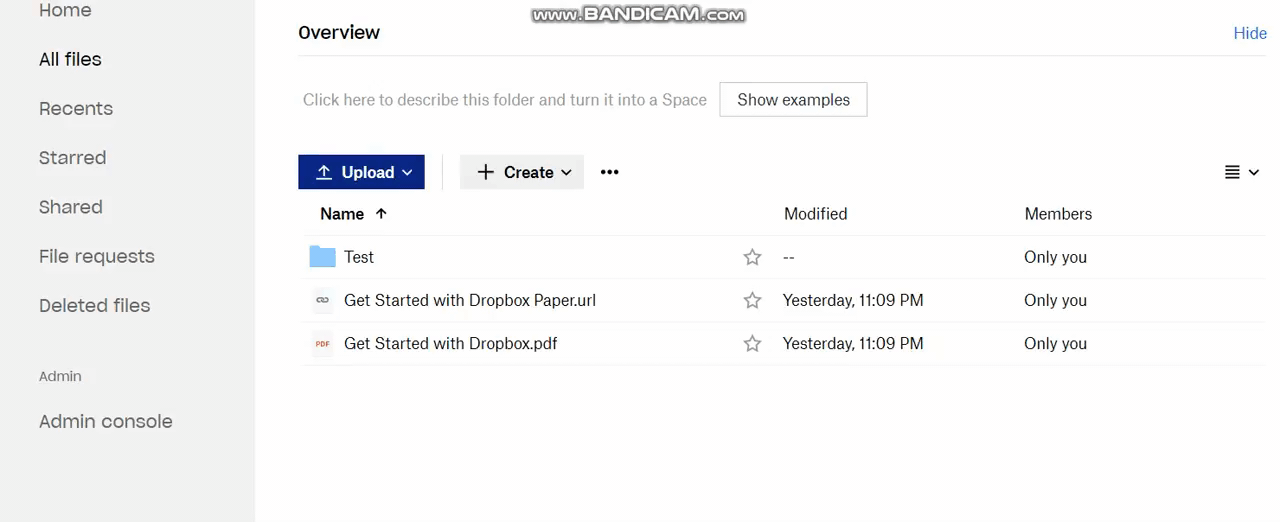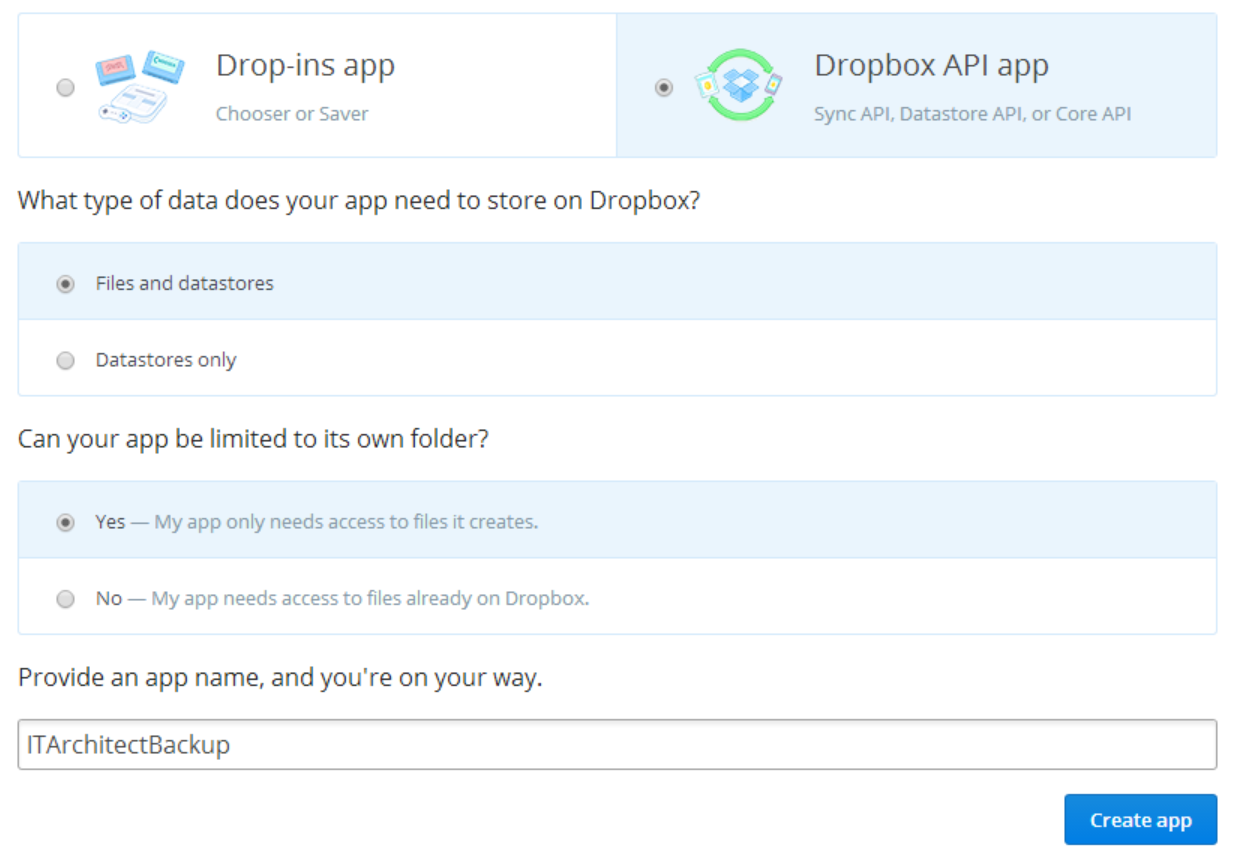

The current service level objective name of the database. Properties.currentBackupStorageRedundancy The creation date of the database (ISO8601 format). A value of -1 means that automatic pause is disabled Time in minutes after which database is automatically paused. This is metadata used for the Azure portal experience. The storage account type used to store backups for this database. Valid values are Geo and Named.Ĭopy, Secondary, and RestoreLongTermRetentionBackup are not supported for DataWarehouse edition. The secondary type of the database if it is a secondary. The name of the sample schema to apply when creating this database. The storage account type to be used to store backups for this database. If enabled, connections that have application intent set to readonly in their connection string may be routed to a readonly secondary replica in the same region. LicenseIncluded if you need a license, or BasePrice if you have a license and are eligible for the Azure Hybrid Benefit. The license type to apply for this database. recoveryServicesRecoveryPointResourceId must be specified as the recovery point resource ID.Ĭopy, Secondary, and RestoreLongTermRetentionBackup are not supported for DataWarehouse edition. RestoreLongTermRetentionBackup: Creates a database by restoring from a long term retention vault. restorePointInTime may also be specified to restore from an earlier point in time. Otherwise sourceDatabaseId must be the restorable dropped database resource ID and sourceDatabaseDeletionDate is ignored.

If sourceDatabaseId is the database's original resource ID, then sourceDatabaseDeletionDate must be specified. Restore: Creates a database by restoring a backup of a deleted database. sourceDatabaseId must be specified as the recoverable database resource ID to restore. Recovery: Creates a database by restoring a geo-replicated backup. sourceDatabaseId must be specified as the resource ID of the existing database, and restorePointInTime must be specified.

PointInTimeRestore: Creates a database by restoring a point in time backup of an existing database. sourceDatabaseId must be specified as the resource ID of the existing primary database. Secondary: creates a database as a secondary replica of an existing database. sourceDatabaseId must be specified as the resource ID of the source database. Copy: creates a database as a copy of an existing database.


 0 kommentar(er)
0 kommentar(er)
